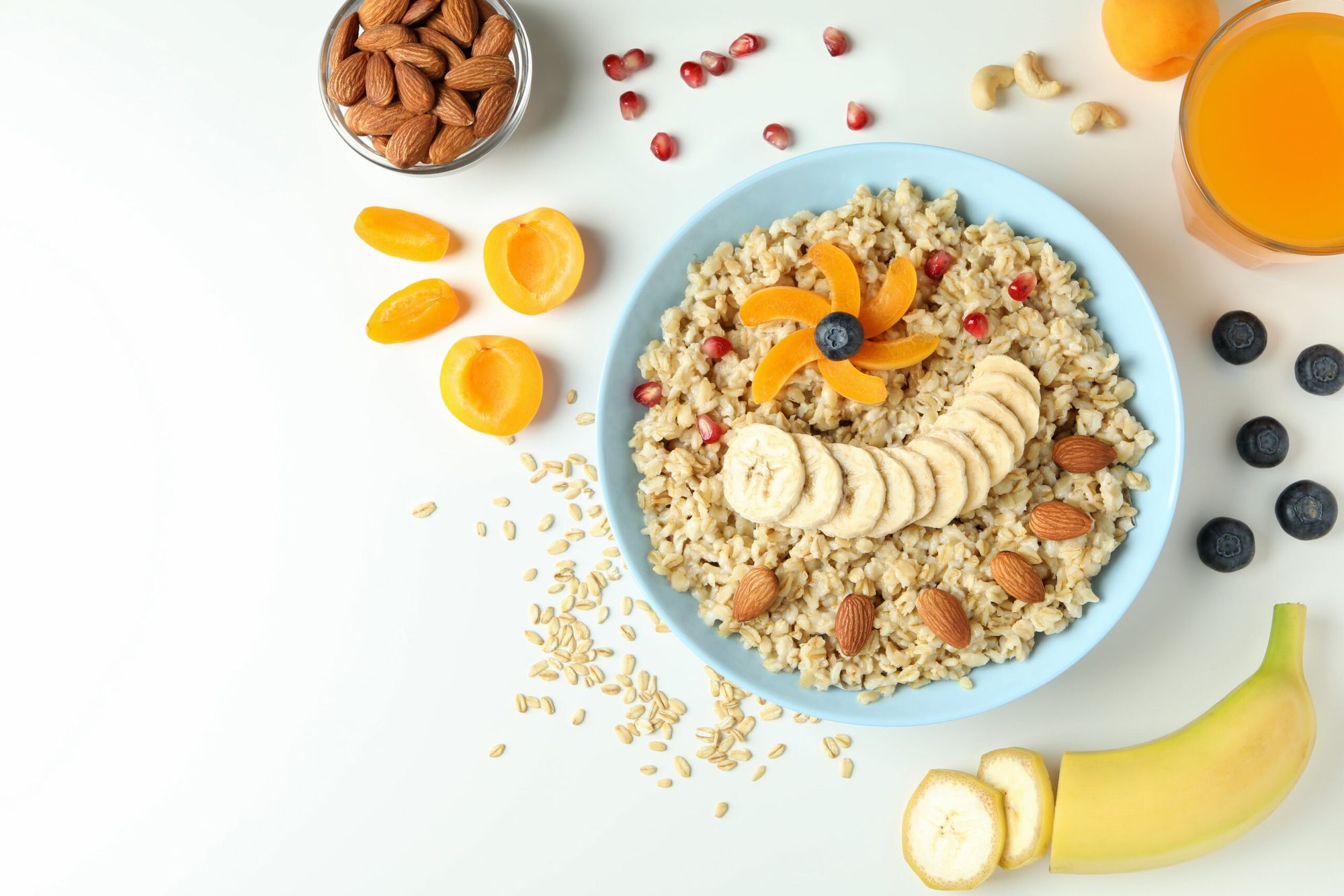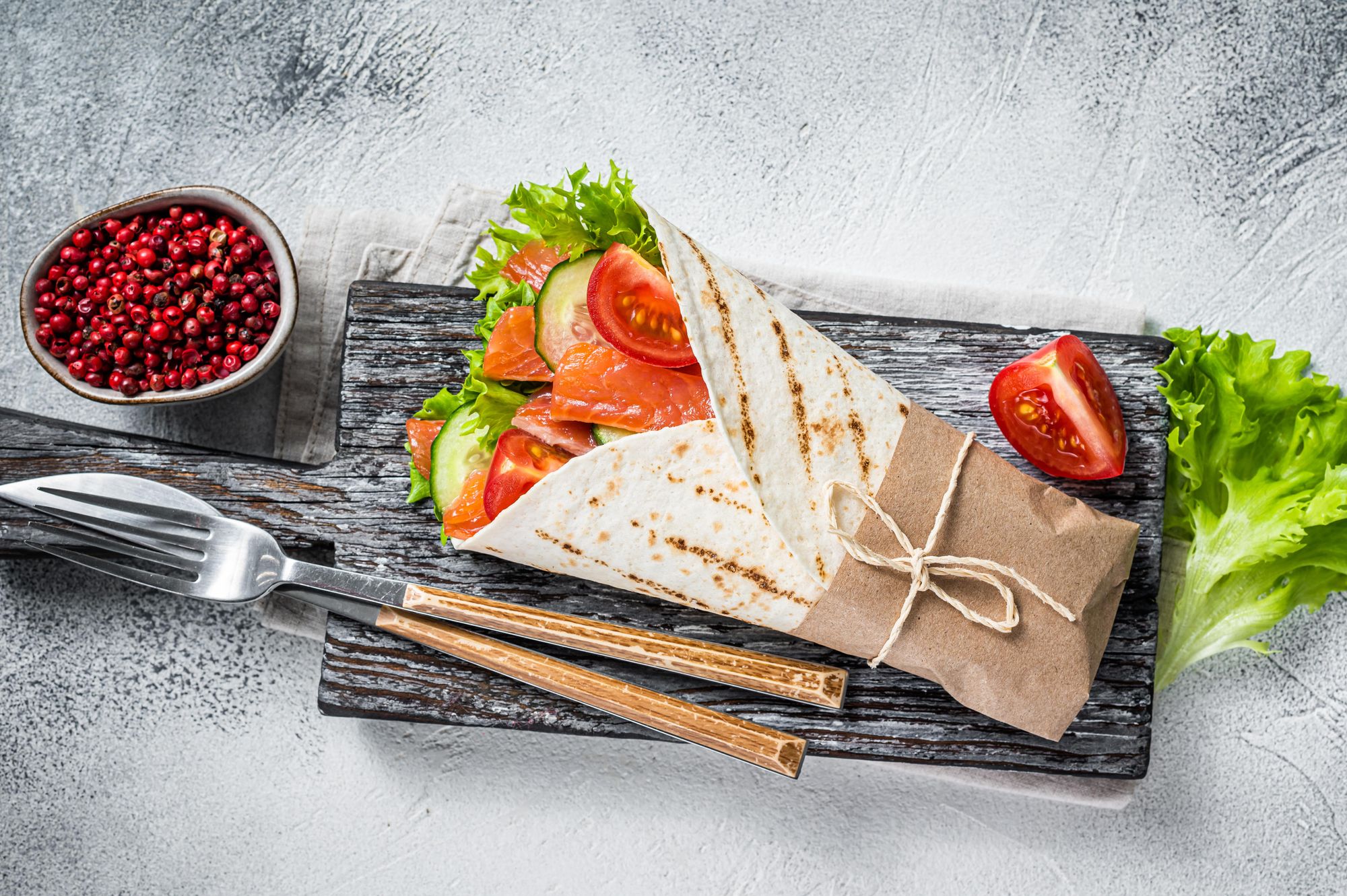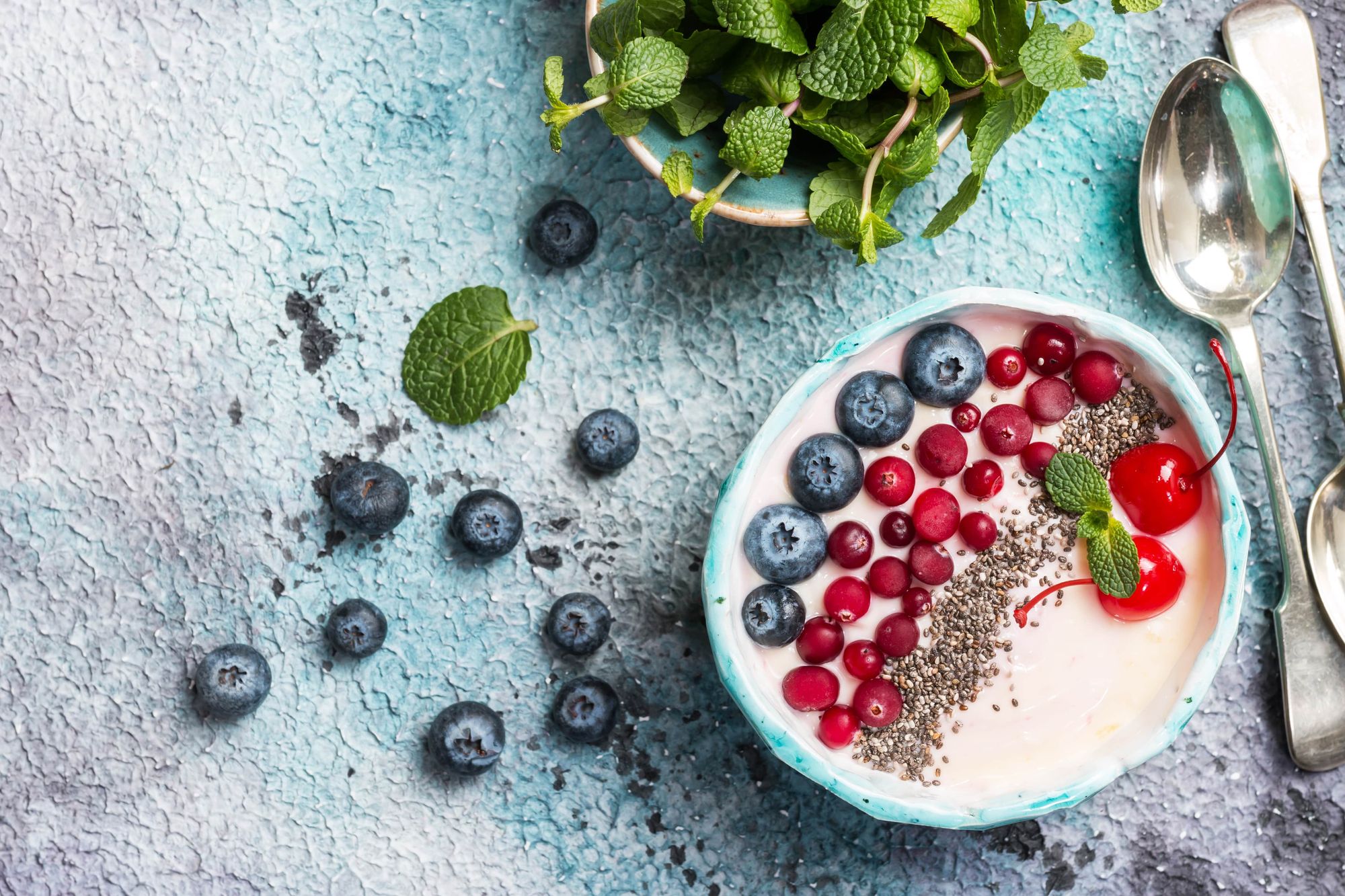
If you’re trying to eat more healthily, incorporating some healthy food swaps into your meal planning is a great way to stick to your diet without feeling like you’re depriving yourself of all your favorite meals.
In terms of weight management and physical health, what you eat matters even more than how much you work out. Our muscles need energy to grow, and they get that energy from the macronutrients and vitamins in the foods we eat. When we eat food that has been heavily processed or is high in sugar and fat, those empty calories don’t give our bodies what they need to grow and maintain optimal functionality.
Many people who are trying to adopt healthier eating habits are under the impression that bland, plain food is the healthiest, and that makes some people hesitant to try dieting. However, healthy food can taste just as good as food that has fewer health benefits, all it takes is knowing about some healthy food swaps. Stock your cupboards with healthier versions of your favorite foods.
Below, we’ve listed the top 10 healthy food swaps for breakfast, lunch, dinner and snacks as well as a few healthier drink options to help get you started.
Healthy Food Swaps for Breakfast
Instead of cereal, have oatmeal
It is easy enough to switch cereal for heart-healthy oats, and it’s one of the easiest and most effective healthy food swaps. Obviously, some cereals are less nutritious than others, but even the ‘healthy’ kinds of cereal might not be doing your body any favors.
Many cereal brands market themselves to appear healthy, adding in dried fruit, nuts and seeds, but the sugar content of these kinds of cereals may surprise you.
In fact, most cereals have much more sugar than you’d think, if you check the nutritional label on the back of the cereal box.
Eating oatmeal instead can help you manage your weight, and control your blood sugar levels and is one of the steps you can take to reduce your risk of heart disease. Not only that, oatmeal is gluten-free and is full of vitamins and minerals like manganese and B vitamins.
Measure your oatmeal so you don’t overeat it. Since oatmeal is very filling, you don’t need a lot for a healthy breakfast. Add a little bit of honey and cashew milk or nut milk for some flavor.
Instead of bacon and scrambled eggs, have turkey bacon and poached eggs
This breakfast classic might be a good source of protein and healthy fats but some subtle tweaks can help you make it even healthier.
Turkey is a lean protein, and turkey bacon contains less fat and fewer calories than pork bacon. Turkey bacon also has a bit less sodium than pork bacon.
Scrambled eggs are still a healthy choice, but the oil or butter needed to prevent the eggs from sticking to the pan makes poached eggs a healthier option if you’re trying to adhere to a low-fat diet.
Healthy Food Swaps for Lunch

Salad Swaps
When it comes to salad, there are many healthy food swaps you can apply. For example
- Use grilled or oven-baked proteins instead of breaded and fried
- Substitute creamy salad dressings, which are often loaded with sugar and hydrogenated vegetable oils, for dressings made with vinegar and olive or avocado oil. If you want a creamy salad dressing, try making your own instead of using store bought.
- Instead of croutons, use seeds, nuts or grains to add crunch to your salad.
Use whole-wheat bread instead of white bread
White bread is made with flour that has been bleached and heavily processed, which essentially removes any nutritional value. Whole-grain bread and wraps contain higher levels of protein, fiber and many B-vitamins.
Healthy Food Swaps for Dinner
Swap sausages for lean cuts of meat
Like bacon and sandwich meat, sausages contain high amounts of sodium, which is hard on your heart and elevates your risk of developing cardiovascular diseases. Not only that, sausages are heavily processed, and some studies suggest that high amounts of processed meat may be linked to certain cancers.
Instead of sausages, use lean cuts of ground meat, like chicken, turkey or lean ground beef.
Swap out white rice for cauliflower rice or quinoa.
If you’re trying to stick to a low-carb diet, then substituting rice for cauliflower rice is one of the best healthy food swaps you can make. Cauliflower is a low-carb vegetable and is high in fiber, which keeps you feeling full and helps your digestive tract run smoothly.
On the other hand, quinoa, while not low-carb, is high in fiber and protein. In fact, quinoa is one of the few plant-based sources of complete protein, making it a great choice for vegetarians and vegans who are trying to eat healthier.
Healthy Food Swaps for Snacking
Instead of chips, have popcorn
Potato chips are high in sodium, sugar, preservatives and fat. While homemade baked potato chips are better for you than store bought, you’re still going to be using quite a bit of oil to get crispy, crunchy potato chips.
Instead of snacking on chips, make yourself a bowl of homemade air-popped popcorn. Popcorn is one of the healthiest snacking foods out there, as long as it’s not heavily dressed with butter and salt. A drizzle of olive oil and a light sprinkling of salt or pepper make this fiber-rich grain an enjoyable and healthy snack.

Instead of a chocolate bar, have fresh fruit with Greek yogurt and cacao powder
A standard milk chocolate bar contains roughly 210 calories, and chocolate bars are notoriously high in fat and sugar. So, if you’re trying to make some healthy food swaps, then it makes sense to limit how much chocolate you eat. If you’re craving something sweet, mix some ultra-healthy raw cacao powder with some protein-rich and vitamin-rich Greek yogurt, and top it with some fresh fruit.
Fruit is high in fiber, vitamins and minerals, and cacao powder is full of flavonoids, compounds that protect your cells from the harmful effects of toxins. Not only that, they help regulate your cellular functions, which helps your body function at its peak.
Healthy Drink Swaps
You might be surprised to learn how many extra calories you consume from beverages. Liquid calories don’t make you feel full like food does, meaning it’s easy to consume huge amounts very quickly.
Instead of sugary soda, try seltzer water with natural fruit juice
It’s no secret that caffeinated sugary soft drinks are among the worst violators of a healthy meal plan, and more and more sugar-free beverage options are hitting the shelves as an alternative. However, many of these drinks contain preservatives or other kinds of sweeteners.
Instead, buy or make your own soda water and enhance the flavor by adding natural fruit juices.
Drink Wine Instead of Cocktails
If you drink occasionally for social occasions, it doesn’t necessarily have to be a bad thing. Cocktails, however, are often loaded with sugar from juices and syrups. Wine, on the other hand, contains antioxidants and may have anti-inflammatory properties. What’s more, compared to a cocktail, which can have up to 55 grams of sugar, a glass of wine usually only has between 1 and 8 grams of sugar, depending on the type. However, it’s important to keep in mind that drinking alcohol of any kind in excess has been proven to be harmful to your health.
Healthy Food Swaps: The Bottom Line
Healthy food swaps can be easily implemented, and are a much more sustainable way to form consistent healthy eating habits than by cutting the foods you love out of your diet entirely. It’s often possible to find healthier versions of your favorite foods.
If you’re striving to eat a healthier diet, you can find out which type of diet suits you best based on your genetic makeup, as well as which foods you might need more of due to your DNA. Simply read your genetic diet and nutrition reports from CircleDNA.
References
- B Vitamins (Harvard T.H. Chan School of Public Health) https://www.hsph.harvard.edu/nutritionsource/vitamins/vitamin-b/
- A sausage a day is too many, research suggests (Science Daily) https://www.sciencedaily.com/releases/2013/03/130307124804.htm
- Do I Need to Worry About Eating ‘Complete’ Proteins? (Cleveland Clinic) https://health.clevelandclinic.org/do-i-need-to-worry-about-eating-complete-proteins/
- What Are Flavonoids? (Jessie Szalay) https://www.livescience.com/52524-flavonoids.html







Comments are closed.